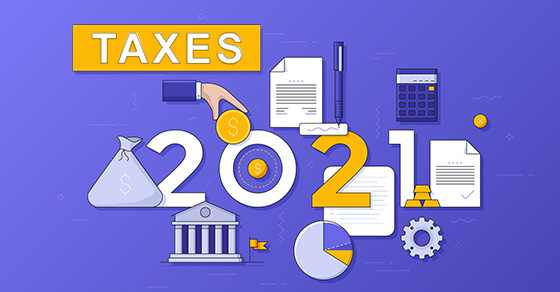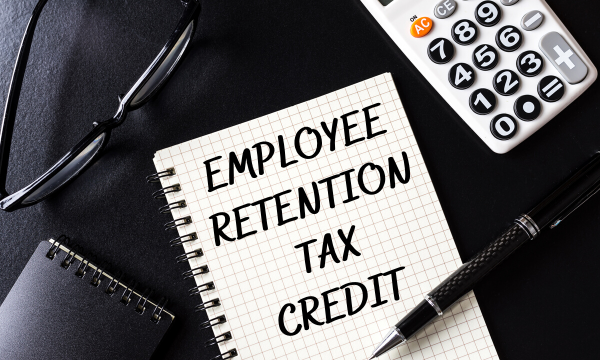2021 Individual Taxes: Answers to your Questions About Limits
 Many people are more concerned about their 2020 tax bills right now than they are about their 2021 tax situations. That’s understandable because your 2020 individual tax return is due to be filed in less than three months (unless you file an extension).
Many people are more concerned about their 2020 tax bills right now than they are about their 2021 tax situations. That’s understandable because your 2020 individual tax return is due to be filed in less than three months (unless you file an extension).
However, it’s a good idea to acquaint yourself with tax amounts that may have changed for 2021. Below are some Q&As about tax amounts for this year.
Be aware that not all tax figures are adjusted annually for inflation and even if they are, they may be unchanged or change only slightly due to low inflation. In addition, some amounts only change with new legislation.
How much can I contribute to an IRA for 2021?
If you’re eligible, you can contribute $6,000 a year to a traditional or Roth IRA, up to 100% of your earned income. If you’re 50 or older, you can make another $1,000 “catch up” contribution. (These amounts were the same for 2020.)
I have a 401(k) plan through my job. How much can I contribute to it?
For 2021, you can contribute up to $19,500 (unchanged from 2020) to a 401(k) or 403(b) plan. You can make an additional $6,500 catch-up contribution if you’re age 50 or older.
I sometimes hire a babysitter and a cleaning person. Do I have to withhold and pay FICA tax on the amounts I pay them?
In 2021, the threshold when a domestic employer must withhold and pay FICA for babysitters, house cleaners, etc., is $2,300 (up from $2,200 in 2020).
How much do I have to earn in 2021 before I can stop paying Social Security on my salary?
The Social Security tax wage base is $142,800 for this year (up from $137,700 last year). That means that you don’t owe Social Security tax on amounts earned above that. (You must pay Medicare tax on all amounts that you earn.)
I didn’t qualify to itemize deductions on my last tax return. Will I qualify for 2021?
A 2017 tax law eliminated the tax benefit of itemizing deductions for many people by increasing the standard deduction and reducing or eliminating various deductions. For 2021, the standard deduction amount is $25,100 for married couples filing jointly (up from $24,800). For single filers, the amount is $12,550 (up from $12,400) and for heads of households, it’s $18,800 (up from $18,650). If the amount of your itemized deductions (such as mortgage interest) are less than the applicable standard deduction amount, you won’t itemize for 2021.
If I don’t itemize, can I claim charitable deductions on my 2021 return?
Generally, taxpayers who claim the standard deduction on their federal tax returns can’t deduct charitable donations. But thanks to the CARES Act that was enacted last year, single and married joint filing taxpayers can deduct up to $300 in donations to qualified charities on their 2020 federal returns, even if they claim the standard deduction. The Consolidated Appropriations Act extended this tax break into 2021 and increased the amount that married couples filing jointly can claim to $600.
How much can I give to one person without triggering a gift tax return in 2021?
The annual gift exclusion for 2021 is $15,000 (unchanged from 2020). This amount is only adjusted in $1,000 increments, so it typically only increases every few years.
Your tax situation
These are only some of the tax amounts that may apply to you. Contact us for more information about your tax situation, or if you have questions



 The
The 
 Due to Ohio statutes for Commercial Activity Tax (CAT) reporting purposes, in addition to regular revenue typically reported for CAT filing, businesses this year must also include:
Due to Ohio statutes for Commercial Activity Tax (CAT) reporting purposes, in addition to regular revenue typically reported for CAT filing, businesses this year must also include: